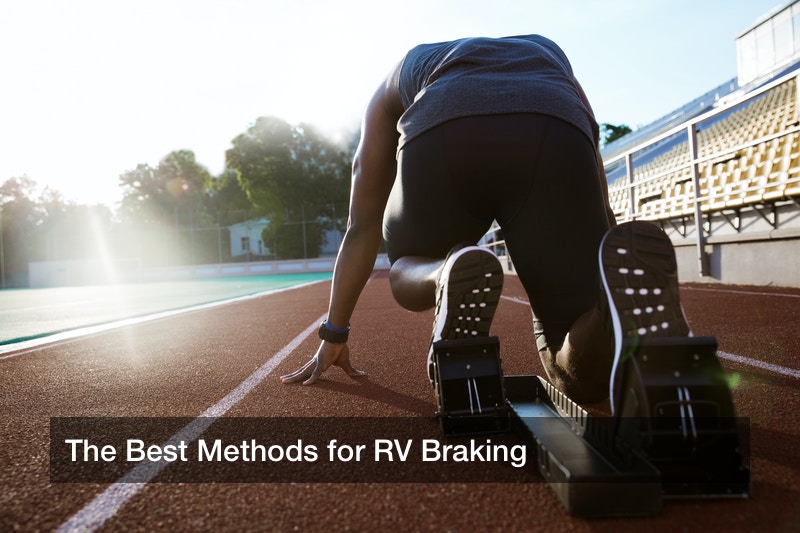
Many Americans, whether for work or for leisure, are using strong SUVs or pickup trucks to tow trailers on the roads. Often, these trailers are RVs, which have their own wheels, axles, and brake pads, not to mention brake lights. In other cases, a truck driver is towing a smaller trailer, filled with construction material, their possessions during a move, or even animals such as cows or horses. But no matter what, that truck driver must use caution and certain hardware so that their towing job can be done safely and smoothly. This calls for trailer sway prevention, brake controller wiring and electric brake controllers, and more. How to tow safely? That is something for any new pickup truck driver to soon learn, and they can avoid accidents or awkward driving with the right sway control hitches and v in place.
Trailer Sway Prevention
Ideally, while a pickup truck driver is towing something, that trailer will be steady, but some swaying might happen. A swaying trailer may tug on the truck and affect is driving negatively, or that swaying trailer might break free, or its contents may start flying off. None of this is to be desired, so specialized hitches can be used. Some such hitches will reduce sway once it starts happening, and others will prevent it from starting at all. Trailer sway can be quite dangerous in many cases, and some 50,000 towing-related accidents take place across the United States every year.
To minimize the odds of trailer sway, not only can a driver use specialized hitches, but they can make sure that no items in the trailer are sticking out beyond the trailer’s body. That, and it is helpful to focus more weight on the trailer’s end that is closer to the hitch and truck. And if trailer sway does start happening, resist the urge to brake suddenly. Instead, let of the gas and slowly coast back down to a speed below the speed where the sway started happening, and that should take care of the issue. If it does not, gradually come to a stop, then inspect the hitch, trailer, and the items inside and correct any imbalances. Perhaps something came loose, or the items in the trailer have shifted to the other end and are thus causing the swaying. All of this can be adjusted.
Brake Controller Wiring Jobs
meanwhile, larger trailers, such as RVs, will have their own brake pads on them, along with brake lights on the RV’s rear end. But no one is inside the RV to press a pedal and activate those brakes, so this falls to the truck’s driver. How can the truck’s brakes, and those of the trailer behind it, coordinate their efforts for safe and effective braking? Modern brake controller wiring is the answer, and a truck driver can buy brake controller components and install them in both vehicles. A controller box sits in the truck with the driver, and brake controller wiring will connect the truck’s own braking with the brakes of the trailer.
Whenever the truck applies its brakes, the trailer will do the same, and coordinate smoothly, including the use of its brake lights. Without such a system, the trailer or RV would keep moving forward when the truck braked, and slam right into it. And if the truck braked while going uphill, a brake-less trailer would tug backwards on the truck, and put a lot of strain on it.
There are two main types of electronic brakes: inertia brakes, and timing brakes. For smaller trailers going at modest speeds, timing brakes work well, which can be programmed by the user. When the truck driver hits the brakes, the brake controller wiring will go by its programmed parameters and apply the trailer’s brakes after a certain period of time. Inertia brakes sense the towing truck’s speed and inertia, and control the RV’s or trailer’s own brakes based on that. Doing this is ideal for towing larger trailers that are going relatively fast, and this allows for very smooth and well coordinated braking efforts. Meanwhile, timing brakes are plenty smooth and coordinated for smaller trailers, which may not need the ultra-precision of inertia brakes. And both types of brakes should prove fairly easy for a user to program.
